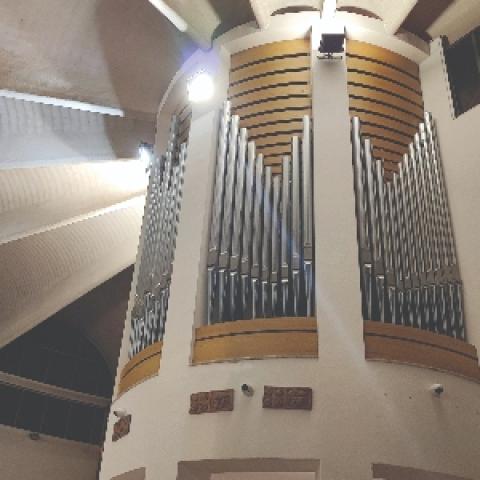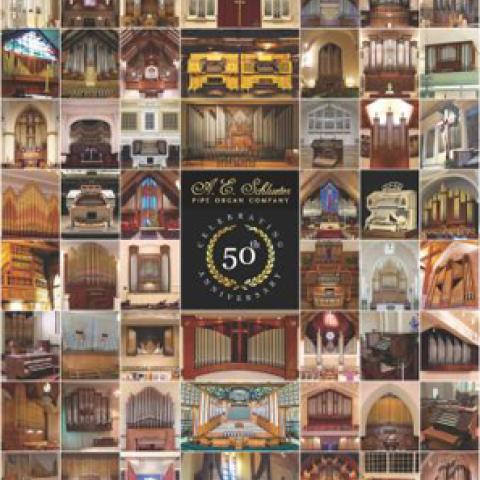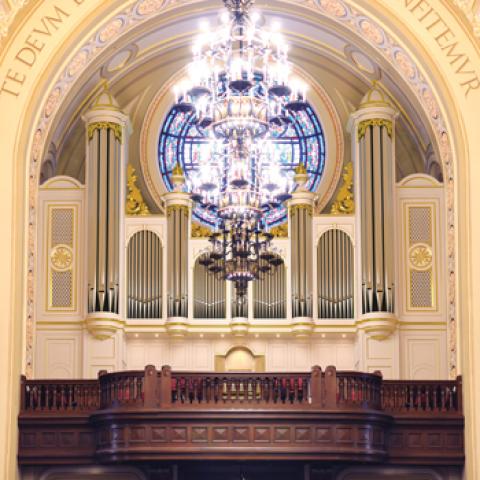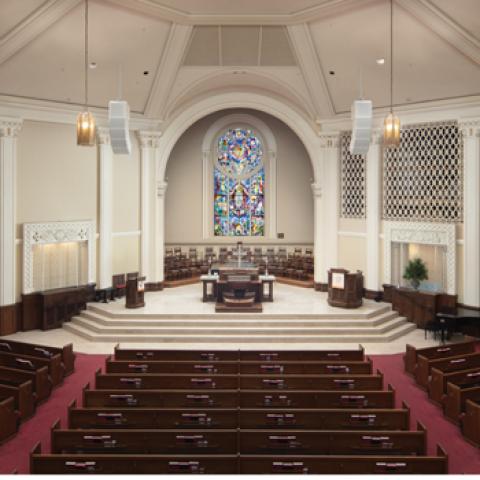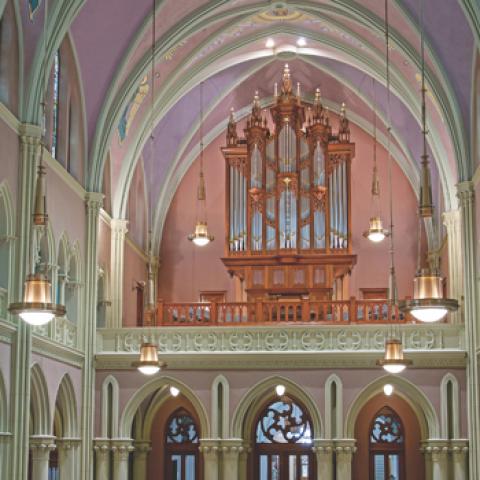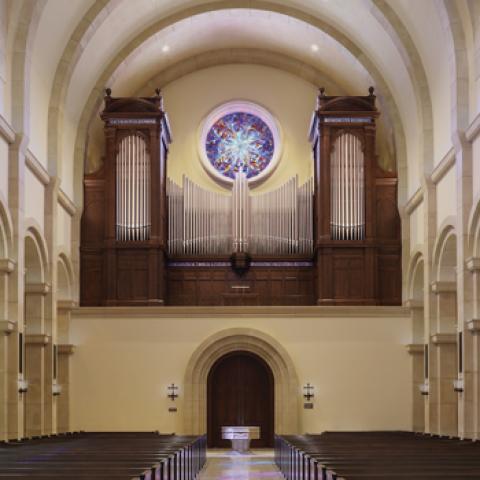
Mascioni Organs, Azzio, Italy, has recently completed a new three-manual, 35-stop, electric-action instrument for the Church of the Santissimo Crocifisso at Ponte Tresa, on the Italian border with Switzerland.
The organ is in an Italian symphonic style, and the main divisions stand on traditional slider soundboards. Olivier Latry played the inauguration concert on November 17, 2023.
For information: www.mascioni-organs.com.
Other organist news:
Holtkamp organ, Central Christian Church, Lexington, Kentucky

